 The US Presidential Debate of the Future
The US Presidential Debate of the Future
The horse race of a republican presidential debate last evening gave us an opportunity to become a little more acquainted with candidates we didn’t know. For some viewers, it may also have been a reminder of what junior high school was like. What it didn’t give us was a sense of what these candidates are actually about. It also didn’t give us real facts. See Fact Checking the GOP Presidential Debate here or here or here or do your own research. Sure, we heard sound bites of what they didn’t like about each other and what they would promise to undo, obstruct, and de-fund. But, what would they actually do?
What the US needs most right now is a restored middle class and a path to get there for the 46 million that are experiencing some level of poverty. I don’t expect that these candidates will understand this. They are insiders to a system that has run amok and left behind the majority of the American people. This is why I suggest a format change for presidential debates.
Summary of new presidential debate format
- Topics of interest to the American public are crowd-sourced over the internet not by moderators of one television station
- Any voter can participate and can vote up topics they’d like to see advanced
- Candidates then prepare a video response to the winning topics
- Videos are then subjected to edits to enforce behavioral rules and a respect for the truth
Starter topic for every candidate for US President to expound on.
The Scene.
These United States 2015. GDP and Corporate profits are up and to the right. But, real wages have been down. Labor force participation is down. BLS statistics are questionable as to what the real unemployment rate is and underemployment is seemingly unknowable. But, talking with ordinary people, there seems to be much evidence that household prosperity is on the decline with the outlook, not promising. So, with that ….
Topic for Each Candidate’s Video
Middle class prosperity is important to the security and stability of the United States. It is also critical for advancing human progress.
1) What would be your plan for improving prosperity as felt by every household, including those residents that don’t currently have a household?
2) What would be the components of such a plan?
3) Who else do you envision would be involved in making this plan a reality?
Where to Send the Video
Please upload your video to the YouTube election channel where it will then be picked over by the public for rule violations and further scrutiny.
Rules – We Have Some
You cannot make references to other candidates and anything you say in your video will be subject to fact checking. When portions of your video violate either of these rules it will be dubbed over and stamped appropriately as “not true” or “rule violation”.
Reform is welcome
Imagine the promises for such a change. We would most likely have increased civic participation. We could have real discussions in every household, club, and social setting. Voters would get to “see” candidates in a way that addresses issues important to the American public. The candidates would be more factual and probably feel a breath of fresh air knowing that all candidates are playing by the same public rules. No longer would they have to bite their tongue for fear their campaign donors or would be donors might become unhappy. Lastly, perhaps, we could open the field up to candidates that don’t solely have the backing of billionaires. People that might have real solutions to the problems we face as a nation but don’t want to be pranced about in the moments leading up to the final horse race.
See related posts:
A Glimmer of Hope in Your City – Do you know about participatory budgeting?
An Open Letter to City Leaders in the World Community – City Leaders as Designers.
Food for Thought and For Neighbors and the Friends You Will Meet – Food: There is an App for that, and a Mouth.
about the author

Gregory Olson is a consultant, speaker, and author. His latest book is L’ impossi preneurs: A Hopeful Journey Through Tomorrow, a light-hearted and deadly serious book about a brighter future where we live more meaningful lives, governments invest in people and sustainable progress, and technology serves humans.
Greg also authored, The Experience Design Blueprint, a book about designing better experiences and then making them come true. Exercises and mental models in the book will build your confidence in envisioning better possibilities and your competence in making them come true.
The models in the Experience Design BLUEPRINT are equally relevant to organizations of all types and sizes including start-up entrepreneurs, nonprofi ts, for-profi ts, and government. Chapters in The Experience Design Blueprint, that especially pertain to this post include:
- Chapter 6: Aiming for Remarkable, Unbroken, and Generous Design
- Chapter 8: The Promise Delivery System
- Chapter 9: The Neighborhood
- Chapter 11: Barriers to Innovation and Overcoming the Wall
- Chapter 14: The World of Work Has Changed
See a book summary. Read the book reviews on Amazon. Read The Experience Design Blueprint on Kindle or any device using the free Kindle Reader application or read the full color print edition.






 In Adelaide, South Australia, RipeNear.Me, provides a platform for people to connect directly with growers or find food on public land. The site has the promise of eliminating waste at the source and even encourages more locally grown sustainable food in backyards, front yards, balconies, rooftops, vacant blocks, and other empty urban spaces. It provides a platform for growers to give away excess food or even establish a profitable ecosystem or micro farm. Join registered users in cities in 16 countries on 5 continents.
In Adelaide, South Australia, RipeNear.Me, provides a platform for people to connect directly with growers or find food on public land. The site has the promise of eliminating waste at the source and even encourages more locally grown sustainable food in backyards, front yards, balconies, rooftops, vacant blocks, and other empty urban spaces. It provides a platform for growers to give away excess food or even establish a profitable ecosystem or micro farm. Join registered users in cities in 16 countries on 5 continents.  In the city of Galdakao, in the Basque town in Northern Spain, the Association of Volunteers of Galdakao, under leadership from Alvaro Saiz established the Solidarity Fridge. The communal refrigerator sits on a city sidewalk with a fence around it. Anybody in the town of 30,000, can deposit food or help themselves to what’s inside. Simply stop by and grab what you need. Mayor Ibon Uribe, upon hearing the idea, immediately supported it with a small budget to get it started and to sustain its operation. A physical refrigerator in plain view is especially valuable for those without internet access or smartphones. The group wants to build a network of communal refrigerators and invites others to join.
In the city of Galdakao, in the Basque town in Northern Spain, the Association of Volunteers of Galdakao, under leadership from Alvaro Saiz established the Solidarity Fridge. The communal refrigerator sits on a city sidewalk with a fence around it. Anybody in the town of 30,000, can deposit food or help themselves to what’s inside. Simply stop by and grab what you need. Mayor Ibon Uribe, upon hearing the idea, immediately supported it with a small budget to get it started and to sustain its operation. A physical refrigerator in plain view is especially valuable for those without internet access or smartphones. The group wants to build a network of communal refrigerators and invites others to join. 
 Solidarity Fridge was inspired by a larger initiative that began in Germany, namely, Foodsharing.de. Using the website, individuals who have food that is still good but cannot use it, can connect to people who need food. But, it isn’t only individuals. Supermarkets and bakers are participating in over 240 German cities along with 41,000 people. In the first year of operation the website received over 1 million visitors. People don’t have the stigma of registering with a food bank and then subsequently waiting in line. It is more dignified. Volunteers known as Foodsavers are happy to do their part in picking up food from bakers, etc., saving food from waste, and making the world a little better place.
Solidarity Fridge was inspired by a larger initiative that began in Germany, namely, Foodsharing.de. Using the website, individuals who have food that is still good but cannot use it, can connect to people who need food. But, it isn’t only individuals. Supermarkets and bakers are participating in over 240 German cities along with 41,000 people. In the first year of operation the website received over 1 million visitors. People don’t have the stigma of registering with a food bank and then subsequently waiting in line. It is more dignified. Volunteers known as Foodsavers are happy to do their part in picking up food from bakers, etc., saving food from waste, and making the world a little better place. 


 It turns out this brain behavior is self preserving. Imagine that we didn’t complete patterns and we had to slow down and think about every single l e t t e r that we typed or r e a d. Imagine that we had to re-learn how to walk each day and to tie our shoes and even how to put those shoes on. Or, that we had to consult our mental checklist for everything we came across to assess its potential threat. Of course everyday life would become daunting with the sheer volume of things we encounter and decisions we face as we go about living, working, and recreating.
It turns out this brain behavior is self preserving. Imagine that we didn’t complete patterns and we had to slow down and think about every single l e t t e r that we typed or r e a d. Imagine that we had to re-learn how to walk each day and to tie our shoes and even how to put those shoes on. Or, that we had to consult our mental checklist for everything we came across to assess its potential threat. Of course everyday life would become daunting with the sheer volume of things we encounter and decisions we face as we go about living, working, and recreating. Think of how long it takes you to accept the new. Think of your struggle with and opposition to new ideas and initiatives. This same pattern making behavior your brain habitually engages in every day is also the reason why you drink the same coffee, listen to the same radio station, visit the same stores, wear the same brand shoes, and everything else that forms your consumer habits.
Think of how long it takes you to accept the new. Think of your struggle with and opposition to new ideas and initiatives. This same pattern making behavior your brain habitually engages in every day is also the reason why you drink the same coffee, listen to the same radio station, visit the same stores, wear the same brand shoes, and everything else that forms your consumer habits.




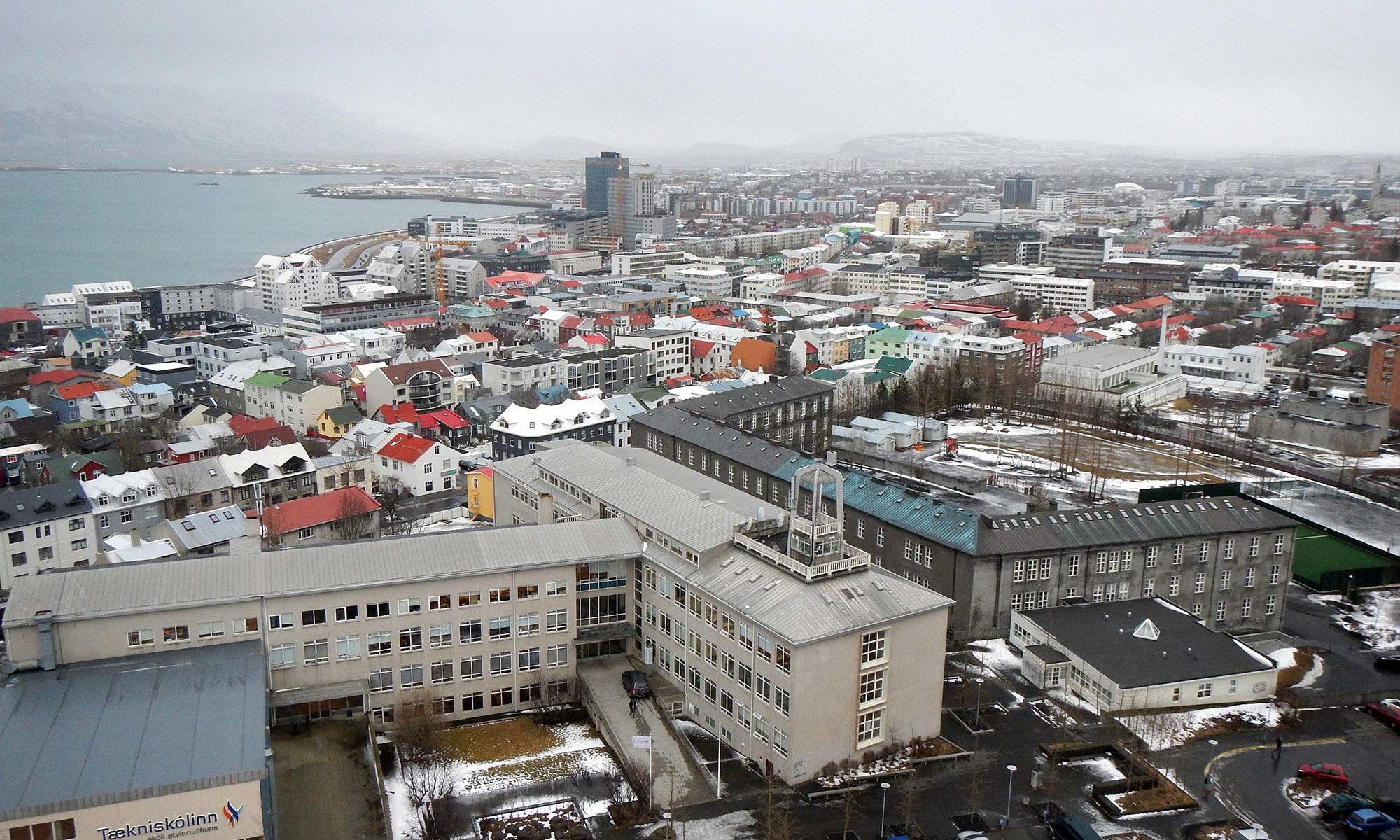
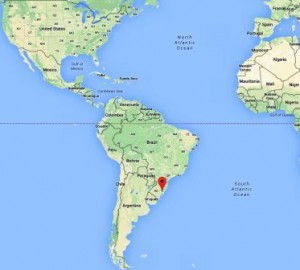
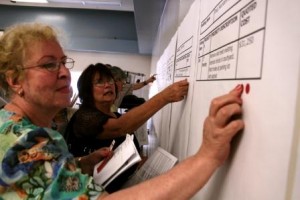



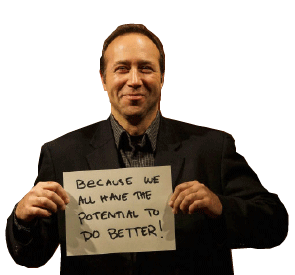 Gregory Olson founded strategy and design firm Delightability, LLC. with the belief that if you delight customers then success will follow. He believes that we all have the potential to do better, as individuals, organizations, and communities, but sometimes we need a little help. Gregory also serves as a volunteer board member for
Gregory Olson founded strategy and design firm Delightability, LLC. with the belief that if you delight customers then success will follow. He believes that we all have the potential to do better, as individuals, organizations, and communities, but sometimes we need a little help. Gregory also serves as a volunteer board member for 



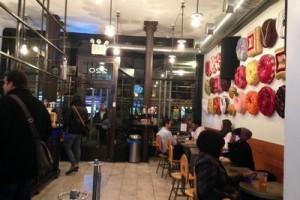 There is another audience that is underrepresented, and is often similarly ignored, taken for granted, and largely invisible to government, namely small business. You hear it often, that small business is the backbone of the economy. Small business creates more jobs more quickly while large organizations may continue to shed jobs, bolstering profits and earnings along the way to their short term utopia. Small business owners are usually so busy working that they too join the ranks of the invisible and marginalized. This is especially true of small businesses that have no storefront, operate virtually, often invisible to the public, and out of mind of city government.
There is another audience that is underrepresented, and is often similarly ignored, taken for granted, and largely invisible to government, namely small business. You hear it often, that small business is the backbone of the economy. Small business creates more jobs more quickly while large organizations may continue to shed jobs, bolstering profits and earnings along the way to their short term utopia. Small business owners are usually so busy working that they too join the ranks of the invisible and marginalized. This is especially true of small businesses that have no storefront, operate virtually, often invisible to the public, and out of mind of city government.